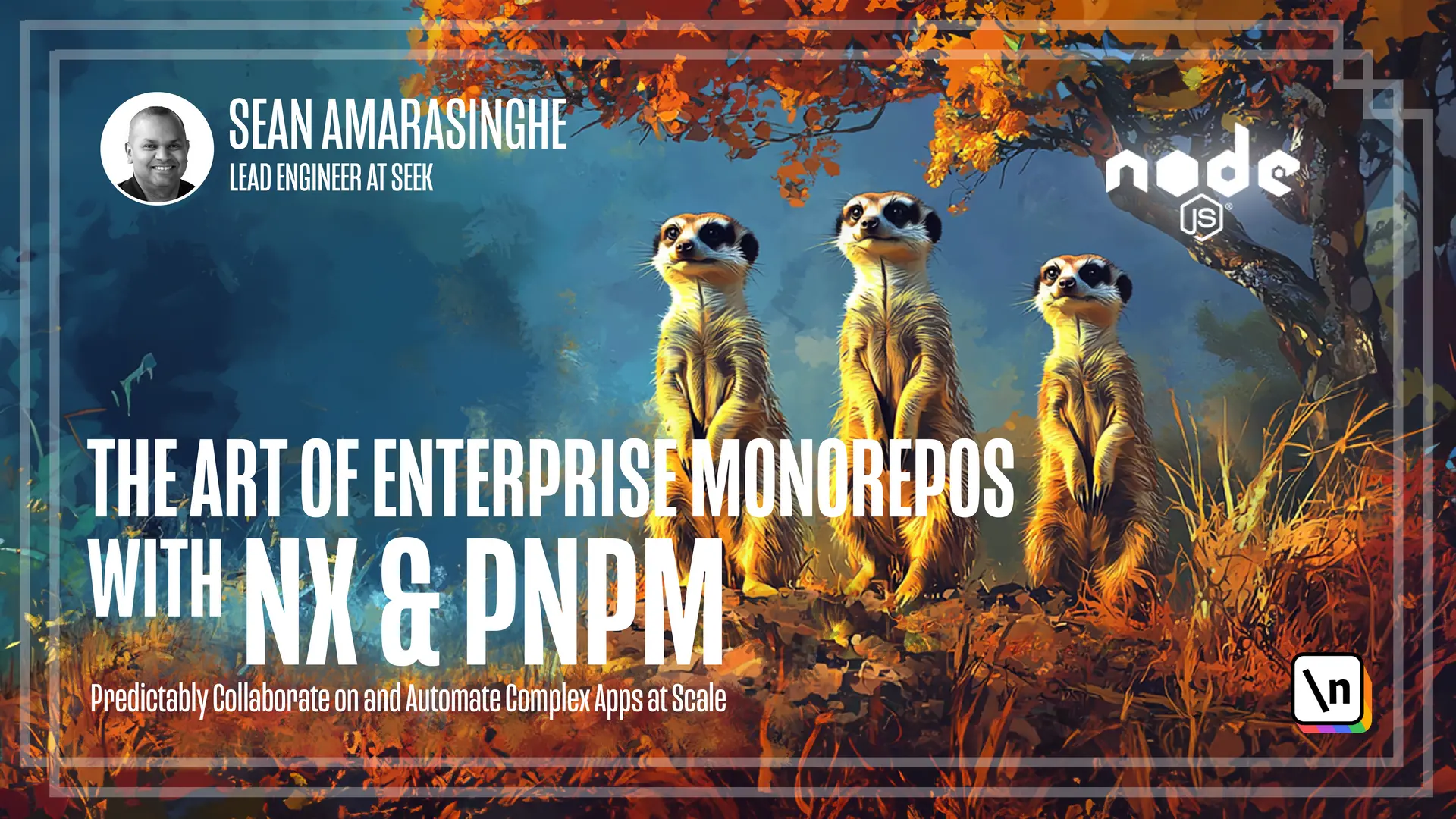Maximize Efficiency with NX Plugins: A Comprehensive Guide
Gain a solid understanding of what Nx plugins are, how they work, and why they are a crucial component of the Nx ecosystem.
This lesson preview is part of the The Art of Enterprise Monorepos with Nx and pnpm course and can be unlocked immediately with a \newline Pro subscription or a single-time purchase. Already have access to this course? Log in here.
Get unlimited access to The Art of Enterprise Monorepos with Nx and pnpm, plus 90+ \newline books, guides and courses with the \newline Pro subscription.

[00:00 - 00:49] In the previous modules we learned how to install NX, enable distribution and caching and also configuring task pipelines, but there's more to than that to NX. If you look at this diagram of NX workspace, there's also a plugin section, especially the dev kit we can use to build those plugins. There are plugins for React, Angular, Remix and so on, which we can use to build our packages and components. These tools offer several benefits for your projects, accelerate the build and testing processes of your current project. Both locally and on continuous integration setups, regardless of whether it's a mono repo or a standalone application. Scuffle the new project utilizing NX plugins, eliminating the need to configure intricate build tools manually. Seamlessly integrate additional tooling, such as Storybook or Tailwind into your project.
[00:50 - 02:15] Maintain code, consistency and quality through tailored generators and lint rules. Keep your workspace up to date by effortlessly updating frameworks and tools, facilitated by automated code migration features provided by NX. Plugins are NPM packages that extend the core functionalities offered by NX package. NX plugins contain code generators, executors, which serve to abstract lower level build processes and automated code migration features aimed at ensuring your development tools remain current. Generators streamline numerous day-to-day tasks integral to your development workflow, offering automation for tasks like scaffolding components , organizing libraries and updating configuration files. By leveraging generators , you can ensure consistency and predictability in these processes, establishing standardized procedures for your projects. Executors are prepackaged node scripts that can be used to run tasks in a consistent way. In order to use an executor, you need to install the plugin that contains the executor and then configure the executor in the project.json file. So in this lesson, we learned about NX plugins and how they can help us to automate some of our repetitive tasks, including having to copy and paste packages whenever we create a new project within our mono repo. In the next lesson, we will be looking at how to actually create a custom plugin and scaffold the library ourselves.